Weird and Wonderful Chess Openings
There is often a discussion in chess about effective pieces that can dominate all along the board during different phases of play. The simple fact of the matter is that there is no specific answer to this with regard to a chess set. It all comes down to the phase of play and the situation that you are in which will tell you about the chess pieces that will be most effective for you.
Some general observations relate to different pieces. For example, the knights can be quite handy for you and deadly for your opponent during the middle phases of any game. When there is more space on the board and more unfilled squares are available, the rooks and bishops tend to have a bigger effect on the outcome of a game as does the queen.
Generally speaking, the queen remains the most important piece for any chess player. It is the one piece that opponents are always wary of no matter where it is positioned on chess boards in different instances. Most of the offensive, as well as defensive manoeuvres, involve strategic use of the queen to cause as much damage to the opposing player as possible.
There are lots of great moves in a game of chess that you can use to completely hoodwink your opponent and pick up impressive wins. The “boiling frog attack” is one such ploy that can put you in a very good position in any game. Whether you are playing on wooden chess boards or some other type, this move is a really good one to have in your repertoire.
Before talking about the boiling frog attack, there is a disclaimer from the Official Staunton Chess Company. The name of the move does sound quite sinister and you might even consider it bizarre. But be assured that it is just, a name. You can breathe easy because no actual frogs are involved anywhere and no such creature was harmed in the development of this move.
Sounds good? Perfect. Let’s talk about the boiling frog attack and how you can make use of it in a game to get the upper hand on your opponent. Daniel Quinn talks about the phenomenon of a boiling frog in his book The Story of B. This is the gist of it.
If a frog is thrown into boiling water, it will struggle frantically and try to get out as quickly as possible. However, if that same creature is put down gently in warmish water and the heat is turned up slowly, then the frog is much more likely to float around and feel at ease.
As the temperature of the water rises gradually, the frog will become more and more comfortable in its surroundings. This is exactly how humans tend to feel during a hot bath. Before long, the frog will cause itself to boil to its demise.
Back to the game of chess and how the boiling frog attack works. The premise behind the name is that you are able to draw your opponent into a false sense of security and then strike to take the game away from them. Two super-grandmasters played this move where White was able to secure victory in a mere 16 moves.
You can do the same thing on your chess tables to stump your opponents and leave them for dead. The most interesting aspect about this is that Black did not really do much wrong or commit any blunders but was just outdone by slow and measured play from White who started off with a pawn to d4. Black responded to this with a pawn to d5.
White then moved a second pawn to e3. This is known in chess circles as the “opening of the queen’s pawns” and is measured positional play designed to draw the opponent into the trap and then delivering the fatal blow that will bring the game to very close to the end.
There is also a variation of this opening play called “The Stonewall.” In this one, White pretty creates a wall of pawns in the middle of the board. An inexperienced or less competent player might mistake this setup as a highly defensive ploy designed to protect the pieces behind and leaving the pawns to take the bigger hits.
However, the actual aim of White behind this move is quite ambitious and expansive. This is actually a direct assault on the king where the bishop will take up the d3 position while the knight will be at e5. With support from the pawns at d4 and f4, the knight and bishop will be in a position to do some serious damage to Black.
In particular, if Black is reckless in this situation, then a checkmate is almost unavoidable. This is where the deception occurs. It looks like a slow and measured defensive formation but the Black king gets checkmated pretty much out of nowhere, or so it seems.
In the majority of such aggressive openings like the Sicilian defence, the opposition player is likely to be aware of your attack-minded ploy and will respond accordingly. But this danger is often not seen until it is too late when a Stonewall opening is played. So, metaphorically speaking, Black is the frog in this scenario and White’s aim is to gradually increase the temperature until it gets boiled.
This was the most popular strategy employed against early computer programs that were unable to see the danger because of the “horizon effect” and were resultant boiled on a chessboard by skilful human players.
Grandmaster Richard Reti was one of the best in the business when it came to opening sequences. He consistently played daring moves to seize the initiative and stay ahead of the chess clocks while his opponent would still be figuring out what was happening.
The boiling frog attack aided by the Stonewall formation is a move that will allow you to make early inroads into the opponent’s defensive line with ease and apply direct pressure on the king. In such situations, the opponent would be scrambling to avoid the inevitable checkmate and likely to commit one mistake after another.



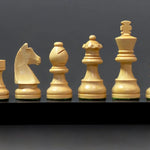
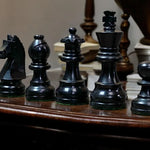
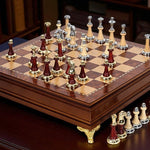
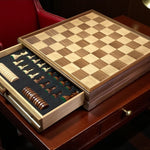
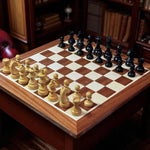
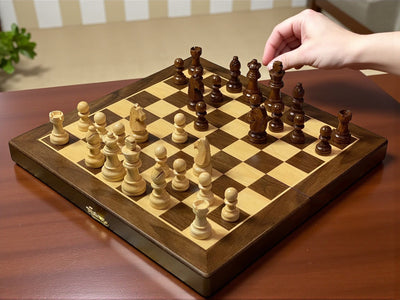

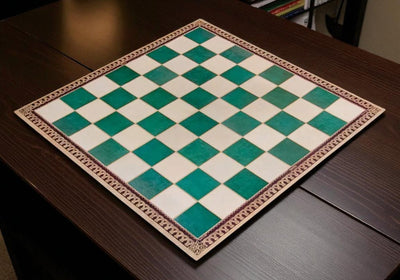
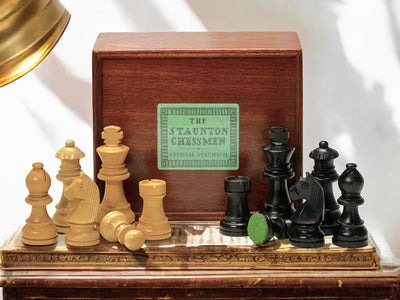
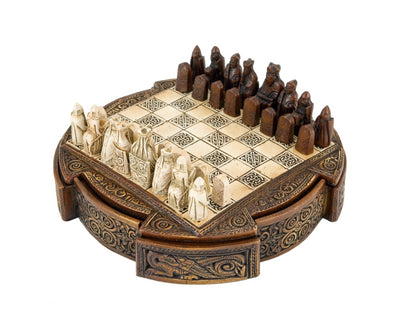

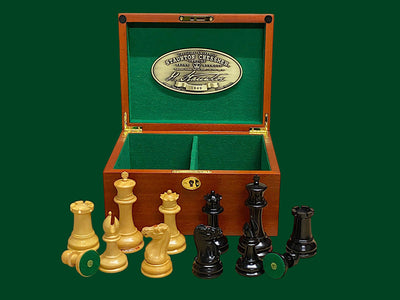
Leave a comment